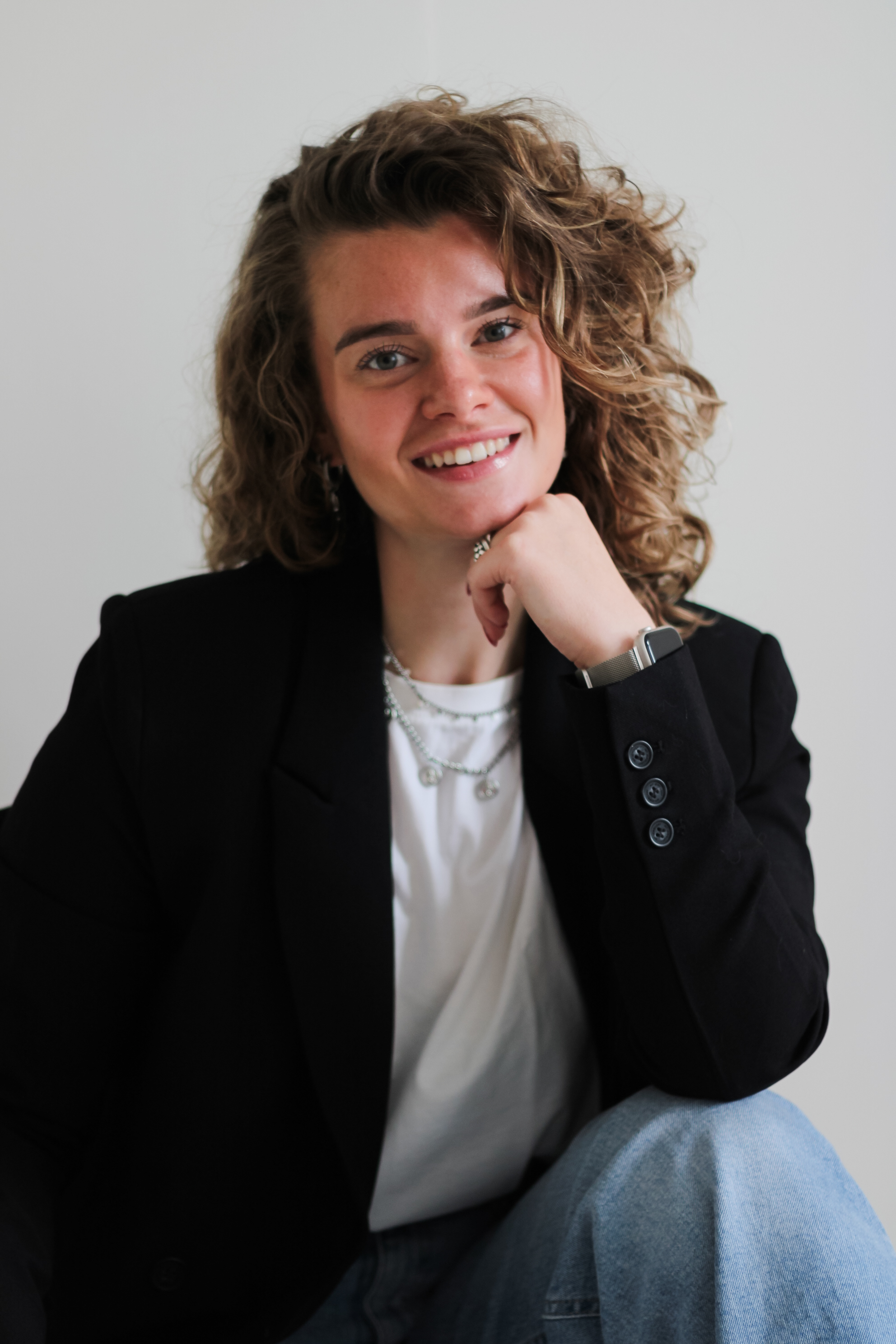Learning pioneers in the spotlight: Christianne Bal

Together with all the learning pioneers in our community, we are on a mission to make training a little better every day. Your shared insights and stories are the fuel that keep this community running.
That’s why, in this series, we’re talking to other learning pioneers and ask them some thought-provoking questions.
This time, Christianne Bal from KPE takes the spotlight.

Christianne Bal
She's the Learning & Development Project Lead at KPE and would love to dive deeper into learning analytics so she can keep improving her training.
For what part of your job can people wake you up at night?
“At KPE, we personalise every single training. I love that. We are always out to uncover the trainee’s learning needs and the customer’s objectives. After we’ve identified them, they become the starting point for customisation of the learning environment. KPE really focuses on learning needs and makes every learning journey truly personal. Every individual learns differently.
With this approach, we can increase learning efficiency. And, very important: for learners, their development becomes more enjoyable!”
What challenge or problem in your job can keep you up at night?
“The adoption of digital learning interventions can be a challenge. We focus on the construction and property sector, and a part of our target audience is averse to the use of digital tools. Our plan is to move towards EdTech, but it is a challenge to instil an intrinsic motivation in every individual. This is why we frequently set up personal sessions with learners to explore the aNewSpring application. How does it work? That way, we encourage them to use all learning interventions.
We also incorporate virtual reality. For example, we have this serious game in which the trainee uses an industrial circular saw at a construction site. With this safe environment, we can create impact and raise interest among the target audience.”
What was the best or most valuable mistake you ever made?
“When I started out in the field of L&D, I thought short learning journeys were the way to go. This ties in with common expectations that a training is usually a one-time, event-based learning opportunity. You follow it, apply the acquired knowledge – and that’s it. But gradually, I learned that it’s better to follow a long-term approach and spread out your learning interventions. You can, for example, break up a long training day into three smaller sessions. This encourages the participant to remember and reinforce knowledge.
Obviously, there are challenges tied to this approach as well. When selling a longer learning journey to a customer, they are often limited by time and budget.”
“I learned that it’s better to follow a long-term approach and spread out your learning interventions. You can, for example, break up a long training day into three smaller sessions. This encourages the participant to remember and reinforce knowledge.”
What do you think is the biggest misconception about learning?
“I often see how the offering of training providers is far too comprehensive. They tend to forget that it is all about the foundation; from there on out, you can improve and personalise. Do you really need all those bells and whistles to convey the message? It is better to distinguish must-haves from nice-to-haves to preserve the added value of an intervention. Of course, it is important to offer something for every learning preference: a combination of interventions. This allows every individual to learn in their own way and choose interventions that match their preference.”
Who or what would you recommend as a source of inspiration to other learning pioneers?
“Right now, I am enthralled by Daniel Coyle’s The Talent Code. In his book, he describes how you can create talent. Being born with a natural talent is only part of a long journey towards excellence. Daniel explains how talent development happens in three ways. As soon as we like a topic, our learning process accelerates, as our brain forges the connections much quicker. The other two important drivers are deep practice, where you practice a lot and make many mistakes, and coaching. The coaching style should also align with your interests.
The book discusses various theories and real-life examples of learning that will interest many L&D experts. You can implement it immediately in your own training courses. Two thumbs up!”
What do you do differently to challenge the status quo in learning or training?
“I do various things. I read a lot and try to attend a range of events, like the aNewSpring webinars. I also like studying topics which are unfamiliar to me. KPE deals with a great range of subjects, so I can continuously challenge myself to discover new topics. Seek out innovations, instead of staying stuck in the same things.”
In what way does reskilling or upskilling play a role in your own career or work?
“It is vital not to overload the learner and use their own intrinsic motivation as a point of departure. Participants must be willing to sharpen their skillset and learn something new. If the will is not there, the application and final result of the learning intervention will lag behind. Therefore, it is crucial to sit down and talk with your employees at the outset of the journey, to identify the motivation and learning needs. This promotes a positive outcome for both the trainer provider and the learner.”
